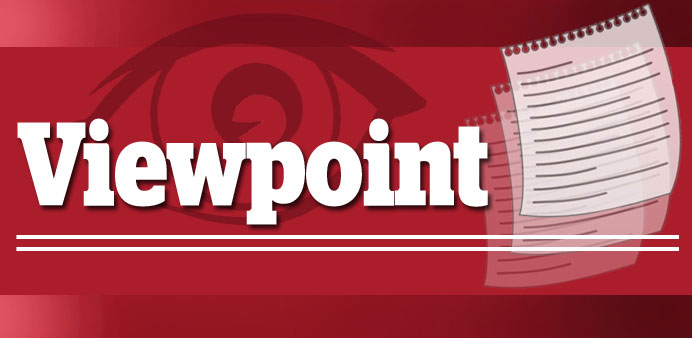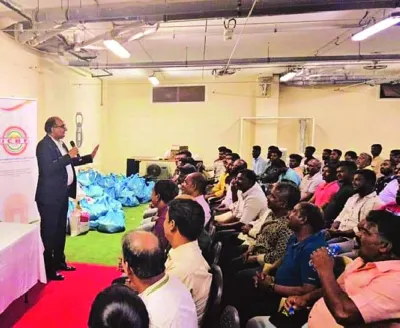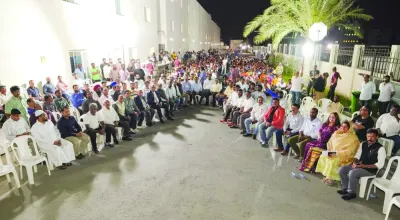India is in the midst of a mammoth election. Opinion polls have forecast a victory for the Bharatiya Janata Party-led alliance and its prime ministerial candidate Narendra Modi. The incumbent Congress-led coalition is facing an uphill battle with its government mired in financial scandals and seen as unable to revive a flagging economy.
The mood for change is strong. There is no doubt the country needs a decisive government with a sharp focus and capable of pulling the economy out of the slow motion to a faster lane by taking bold decisions.
A businessmen’s forum recently compared the Indian economy to “a super star cricketer who is injured and cannot play in the finals.” The new administration that comes to power next month will have to prioritise its action plan for the next five years to ensure that India achieves 10% growth in a sustainable manner.
The new government in its first budget has the unique opportunity to demonstrate a sense of urgency in its resolve to fast track several important bills which will help revive investor sentiment for overall economic revival. While India is a long-term sustainable market, there is a need to rebuild confidence.
The International Monetary Fund says it is bullish about India story which is solid and intact. But turning growth will require addressing structural bottlenecks.
Inflation remains one of the key macroeconomic challenges and budget deficit is not out of control and is on the high side. The new government must also review subsidies - it is no secret that the rich take advantage of subsidies like fuel while the poor do not get it.
The macro picture looks much better today than what it was a year ago when India faced volatility on account of high current account deficit.
However, India like other emerging markets will continue to face challenges. There are three problems. First, global growth is still weak. Second, the Fed’s tapering decision has raised the cost of financing governments and business investment. Third, China’s slowdown is not just a short term headwind, but a structural change that removes a significant source of growth for emerging markets.
But India stands out among the emerging markets as one of the better macro stories. The market rally in recent months is a sure sign of the expected improvements in the country’s fundamentals. In addition, a stronger rupee should attract more foreign portfolio inflows. The combination of improving governance, stronger growth and high interest rates should keep downward pressure on the rupee.
But India suffers from poor quality physical infrastructure and delays in project clearances. The issue of physical infrastructure and institutional capacity is much more critical at the state level.
The elections provide a great opportunity to revive the reform effort that boosted India’s growth rate in the late 1990s.



